How Long Do Keurig Coffee Makers Last?

In the United States, Keurig is a well-loved and popular brand of single-serve coffee makers. Americans enjoy using Keurig coffee makers to brew their coffee every day. Hence, coffee lovers would love to invest in a Keurig to get a hot coffee in a few seconds. However, the only thing that stops them from purchasing Keurig is their doubts about its durability. That’s why, I am here to tell you how long your Keurig can last.
Though the lifespan of Keurig varies upon maintenance, it can usually brew piping hot coffee for more than five years. You might not believe me because you get only a year of warranty when you purchase. However, that’s true. A Keurig can easily last for five years, and with frequent cleaning and descaling, some can last for over a decade.
Hence, to improve your Keurig’s durability, you need to know how to clean it and what factors affect its lifespan. So, keep reading to learn everything you should do to make your Keurig last for a decade.
What is the average lifespan of Keurig?
According to my research and experience, the average lifespan of a Keurig is about three to five years. However, it’s tough to predict the actual number because it depends on how much coffee you’re brewing and how well you take care of your trusty little machine.
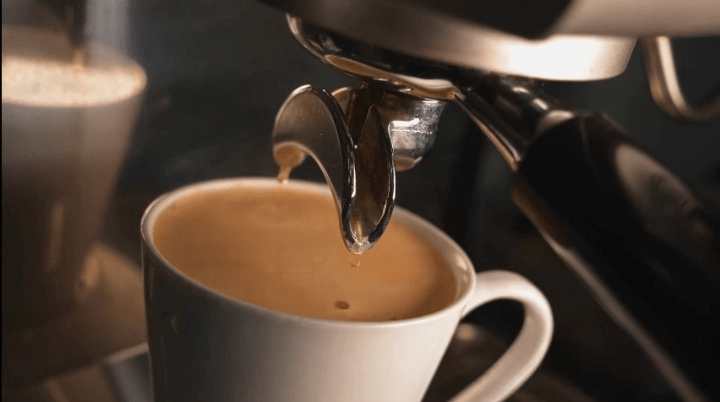
If you’re using it every day and cleaning it regularly, your Keurig should be able to keep up with your caffeine needs for a long while. But if you’re a heavy coffee drinker and don’t give it the care and maintenance it needs, it might not make it to its first birthday.
It’s also worth noting that some models are built to last longer than others, so make sure you invest in a high-quality machine.
What Factors Affect Your Keurig’s Lifespan?
Do you wonder why different Keurig have different lifespans and durability? Well, that’s because several factors impact how long your Keurig lasts. So, only for your assistance, this section highlights the factors that affect the longevity of your single-cup coffee brewer.
Frequency Of Use:
Frequency of use has the most significant impact on the longevity of your k-cup brewer. It’s like anything in life; the more you use it, the more wear and tear it will endure.
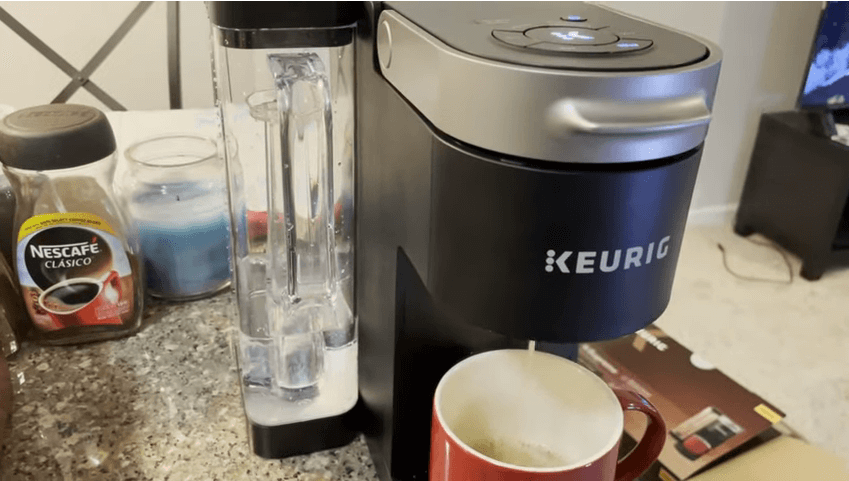
Hence, if you use Keurig to brew four cups daily, it will need more maintenance and attention than using Keurig to brew coffee every morning.
Use Of Hard Water:
Hard water is the bane of a Keurig’s existence! Hard water contains minerals like calcium, sulfate, and magnesium. These minerals can build up inside the small spouts and tubes of the machine and cause many problems. It’s like giving your Keurig a daily dose of plaque and tartar.
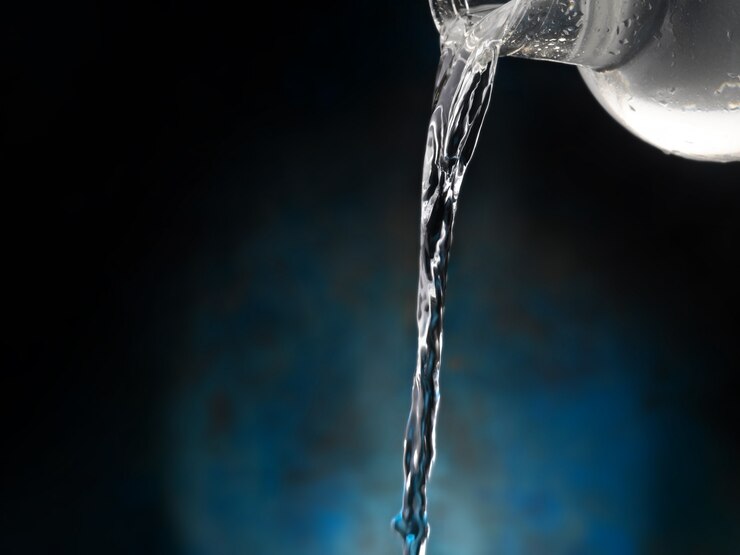
It can clog up the machine, leading to poor performance and a shorter lifespan. It can also affect the taste of your coffee, making it taste like a mixture of minerals and coffee. So, it’s better to use distilled water to increase the lifespan of your Keurig.
Cleaning And Descaling:
Although Keurig is advertised as a low-upkeep product, periodic Cleaning and rough use can affect its longevity and lifespan. The less you clean it, the more problems you will have with different parts of your machine.
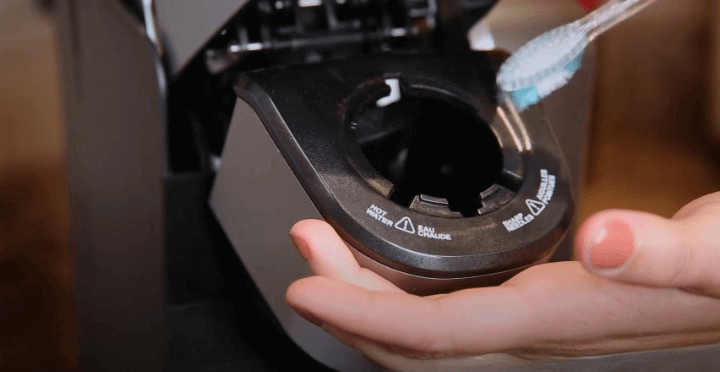
Therefore, until you keep up with regular cleaning and maintenance, your Keurig should be able to keep up with your heavy coffee-drinking habits.
What Are the Signs Your Keurig Is Dying?
Do you feel your Keurig is not working like it used to? Are you noticing any strange noises or strange-tasting coffee? Beware because these can be the signs that your Keurig is on its last breath.
It’s essential to recognize the signs that your Keurig coffee maker is on its last legs and take a step to repair or replace it. Therefore, In this section, I will discuss the signs that your Keurig is dying, so you can keep your coffee game strong and never run out of that delicious brew.
Leakage:
Leakage is one of the telltale signs that your Keurig is dying. If you notice that your Keurig is leaking water or coffee, it could be a sign that the seals and gaskets in the machine are worn out. These seals and gaskets are responsible for keeping the water and coffee in the right places, when they’re damaged, they can cause leaks.
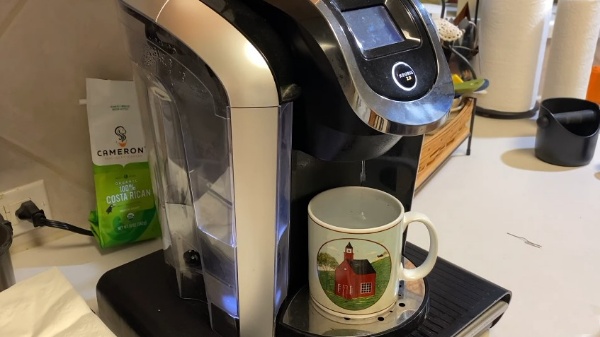
But don’t worry, you can fix it. So, If you notice leakage, unclog your Keurig, replace the water filter, or contact the manufacturer for a replacement part. However, If the leakage comes from the water tank, it’s time to buy a new Keurig.
Slow Brewing Time:
If your Keurig is taking longer to brew your coffee, it could signify that the machine is on its last days. It could be caused by mineral buildup in the needles or a clogged water filter. Keurig’s slow drips suggest That the internal parts are worn out and need replacement. So, beware of how long your Keurig takes to brew a k-cup. It should take up to 30 seconds unless you press a strong button.
Brewing Bad-Tasting Acidic Coffee:
Does your k-cup taste like it should? If that’s a no, then it’s time to descale it. Yes, bad-tasting coffee is not as severe as leakage. It can be caused due to limescale build-up in your Keurig filter or needles. So, first, descale your machine. But if your Keurig keeps brewing the bad-tasting watery k-cup, It could be a sign that your Keurig is dying.
Brewing Colder Coffee:
If your Keurig isn’t brewing a piping hot cup of coffee, it might be time to give it the old heave-ho and get a new one. Think of it this way, would you want to drink lukewarm coffee or a piping hot one? Of course, the hot one. It could be due to a malfunctioning heating element, using a low-quality k-cup, or not using the correct temperature setting.
So, clean it, and check the machine’s settings and k-cup quality. However, If the problem persists after trying all the above, it is telltale that the internal heating element is malfunctioning and the machine needs to be serviced or replaced.
Pro-Tips for Maintaining Your Keurig Machine:
Are you tired of constantly having to replace your Keurig? Do you want to ensure that your trusty little coffee machine lasts for as long as possible? Well, you’re in luck! Because I am here with some pro tips to increase the durability of your Keurig. So, let’s get started!
Clean Regularly:
Do you want your Keurig to brew hot k-cups for several years? Then it is a must to take good care of your single-cup coffee brewer and clean it regularly. I recommend washing it every day if you are a heavy coffee drinker. However, if it doesn’t go along with your busy schedule, must clean it every weekend.
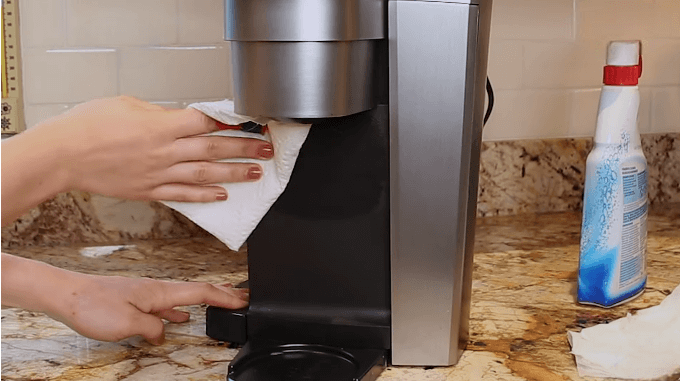
Besides, if you are unsure how to clean Keurig, here are a few steps to help you maintain it in the best possible way.
- Unplug the Keurig and empty the water reservoir.
- Remove any k-cups or grounds from the area around the needle.
- Use a damp cloth or sponge to wipe down the exterior of the Keurig.
- Run the Keurig hot water cycle a few times to rinse the machine.
- Reassemble the Keurig and fill the water reservoir with fresh water.
- Let the Keurig dry entirely before using it again.
Replace Water Filters Oftenly:
If there’s one thing that’ll send your Keurig to an early grave, it’s hard water. Yup, you heard me right. Hard water can destroy your k-cup experience. Therefore, you must change the water filter in your Keurig after every two months. But, if you don’t brew a cup every day, I recommend replacing k-filters after every 60 tank refills.
Rinse After Brewing:
The best Keurig hack to keep your machine running is to give it a quick rinse after every time you brew. I know it sounds like a small task, but trust me, it makes a big difference. The leftover coffee residue can build up and cause clogs or leave a funky taste in your next cup. So, make it a habit to rinse the Keurig immediately after each use, and you’ll be sipping on delicious, hot coffee for years.
Don’t Keep It Switched On:
Make sure you turn off your Keurig after each use. Not only will this save energy, but it also helps prolong the lifespan of your single-cup coffee machine. So, don’t be a “leave-it-on-er” and give your Keurig a little break after each brew. Your taste buds and your wallet will thank you!
Descale Your Keurig:
Regular descaling of your Keurig is a crucial step to maintaining its longevity. It’s easy to forget about it, but taking the time to descale can save you from a lot of Keurig problems. Even though Keurig recommends descaling after every 3 to 6 months, my tip is to descale monthly or bimonthly.
Besides, if you’re unsure when to descale, just keep an eye out for that handy little descale Keurig light. However, if you don’t know how to descale your Keurig, here are the descaling steps.
- Press the “Menu” button on your Keurig and scroll to the “Descale” option.
- Follow the on-screen prompts to initiate the descaling process.
- Fill the reservoir with a descaling solution or a mixture of water and white vinegar.
- Place a large container under the coffee spout to catch the solution as it runs through the machine.
- Hold the 8oz and 12oz buttons simultaneously for 3 seconds to start the process.
- Allow the machine to run the descaling solution through the system.
- Empty the container and repeat the process if your Keurig still says descale.
- Repeat the descaling process monthly.
How long do Keurig filters last?
When it comes to the lifespan of your Keurig filters, it all depends on a few factors, such as how often you use your machine and how impure your water is. If you use distilled or filtered water, your Keurig filter can work for 6 long months. However, if you use tap water, you must replace your filter every two to three months.
Besides, If you don’t change your Keurig filter, things could get a little “brew-haha!” The filter helps remove impurities from your water, so if you let it go too long without changing it, you might have bad-tasting coffee. That’s no joke because it can also start to clog up the mechanism of your Keurig over time. Therefore, It’s a good idea to change the Keurig filter after every two to three months and keep your coffee tasting fresh and delicious.
The lifespan of Keurig vs Nespresso vs Starbucks coffee machines?
The coffee maker brand has a significant role in determining how long your coffee brewer will last. So, let’s look at the lifespan of Keurig vs Nespresso vs Starbucks coffee machines.
A Nespresso is a single-cup espresso machine with lots of satisfied customers for selling high-quality products. It has a trustable lifespan of 5-10 years Vs. Keurig can work well for 6-8 years.
Contrasting, if we compare Keurig vs. Starbucks coffee machines, then later win the durability fight. A Starbuck coffee machine not only comes with premium features but with premium quality. However, it is costlier than Keurig. So, if you want better durability, the Starbucks coffee brewer has a better lifespan of more than 10 years.
What is the best Keurig coffee machine?
There are a variety of Keurig models in the market, so it’s subjective to say which one is the best Keurig coffee maker. However, if you ask me, Keurig K-Duo is the most durable single-cup coffee brewer. It’s a well-made machine that is designed with durability in mind. So, you can expect it to last a good while. The sturdy construction and solid build quality make it a reliable option for coffee and tea drinkers. So, if you’re looking for a Keurig machine built to last, the K-Duo is definitely worth considering!
How do I clean my Keurig needle?’
Did you know that the Keurig needle is a pretty important part of brewing? It punctures the K-Cup and lets the hot water flow to make your coffee. But over time, that needle can get clogged with coffee grounds and cause weak or no brewing. No worries, cleaning or unclogging it is a breeze! Here’s what you gotta do:
- Unplug your Keurig from the power source.
- Locate the needle inside the K-Cup holder and gently remove it using a clean, damp cloth.
- Clean the needle using a wet cloth or a soft-bristled brush, such as a toothbrush.
- If the needle is clogged with coffee grounds, use a straightened paper clip to gently remove the debris.
- Rinse the needle with clean water and reinsert it into the K-Cup holder.
Final Words:
The lifespan of a Keurig is not set in stone, but with proper care, it can brew delicious coffee for many happy years to come. So, if you are planning to buy a Keurig anytime soon, Go for it without a doubt. You don’t need to worry about how long your Keurig will last. You can quickly cash out your Keurig investment for 8 years with the recommended care.
FAQs
How many times can you use a Keurig cup?
I will not recommend reusing a K-Cup as it can affect the taste of the coffee and the machine’s performance. Each K-Cup should be used once and then disposed of properly.
Why do Keurigs stop working?
Keurigs can stop working for various reasons. Some common causes include:
- Mineral buildup in the needles.
- Clogged water filters.
- Malfunctioning heating elements.
- General wear and tear from frequent use.
Will Keurig replace my broken machine?
Yes, Keurig can definitely repair or replace any broken piece. However, It depends on the specific circumstances. The offer is only valid if the product is still under warranty and the problem results from any manufacturing defect.
Is it worth repairing a Keurig?
Yes, it’s worth repairing your Keurig if the issue is minor, such as a clogged water filter or a malfunctioning heating element. However, if the problem is significant, such as a broken internal component with high repair costs, it’s cost-effective to purchase a new machine.
Which Keurig is on recall?
The Keurig K10 Mini Plus Brewing System and Keurig K-15 are on recall due to a potential burn hazard. The handle on the brewers can break, exposing hot water and posing a risk of burns to consumers. The recall was issued in 2014 by the Consumer Product Safety Commission (CPSC) in cooperation with Keurig Green Mountain Inc.
What can I do with my old Keurig?
There are several options for disposing of or repurposing an old Keurig machine.
- Donate it to a local charity or thrift store.
- Sell it online or at a garage sale.
- Recycle it properly through the manufacturer’s recycling program.
- Repurpose it for non-coffee uses such as brewing tea or hot chocolate.
